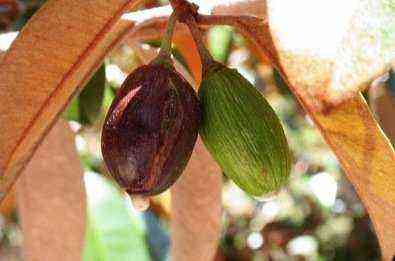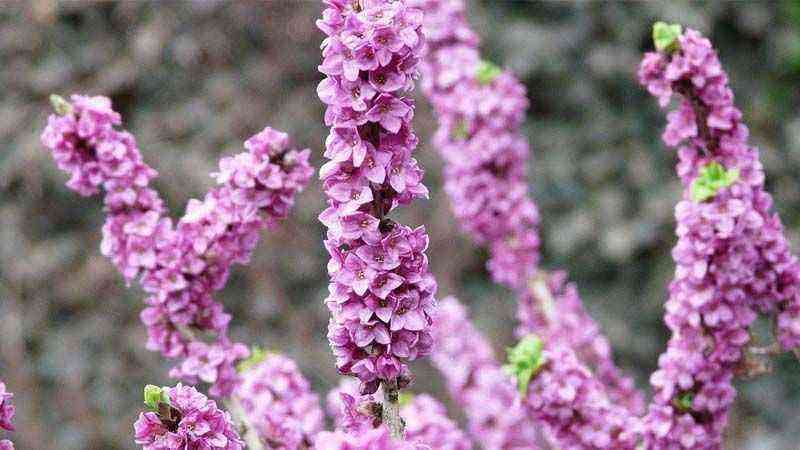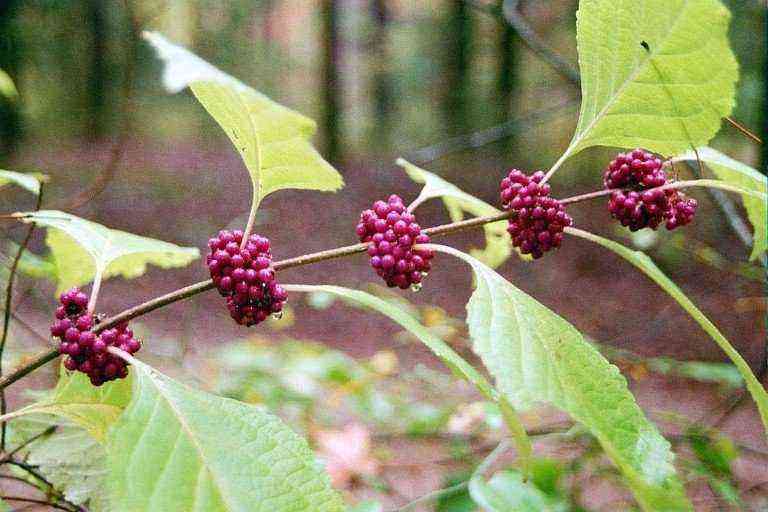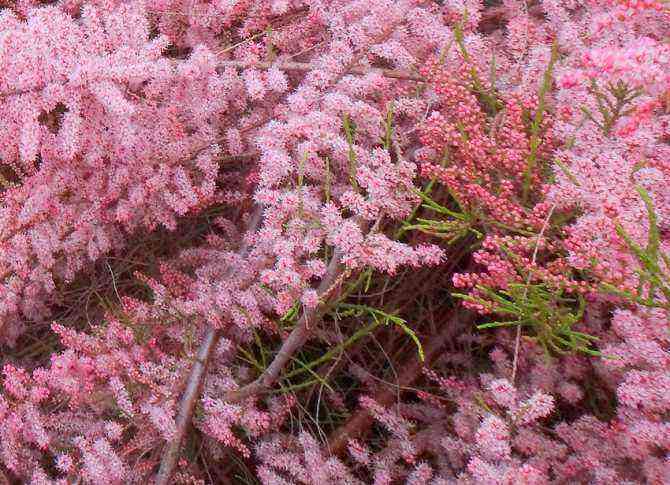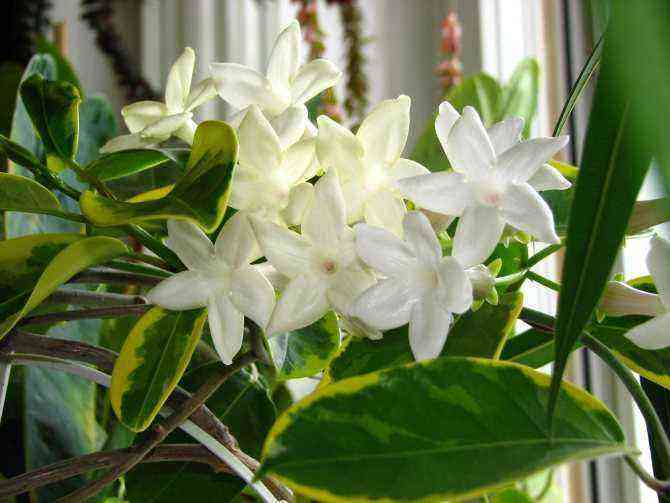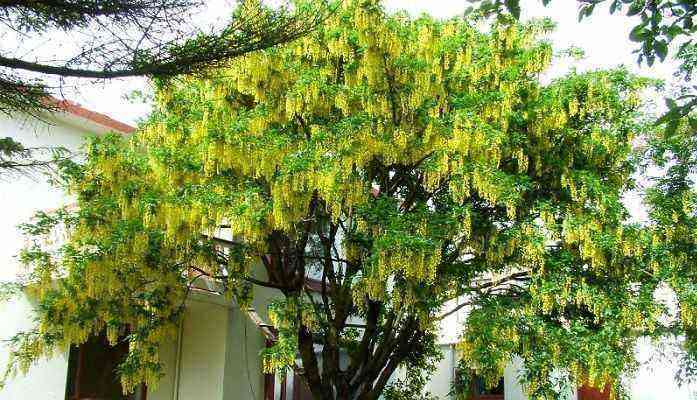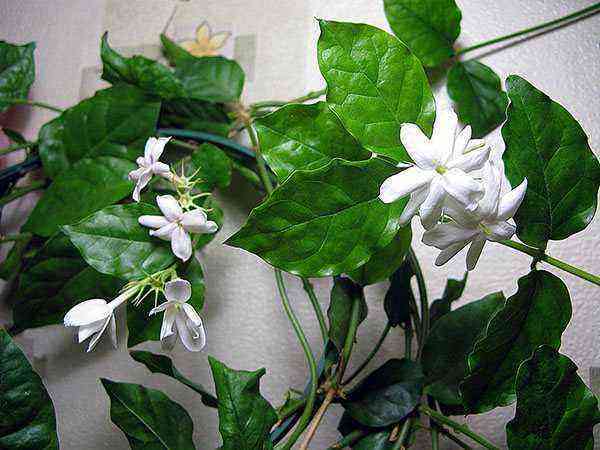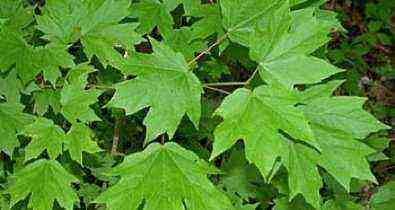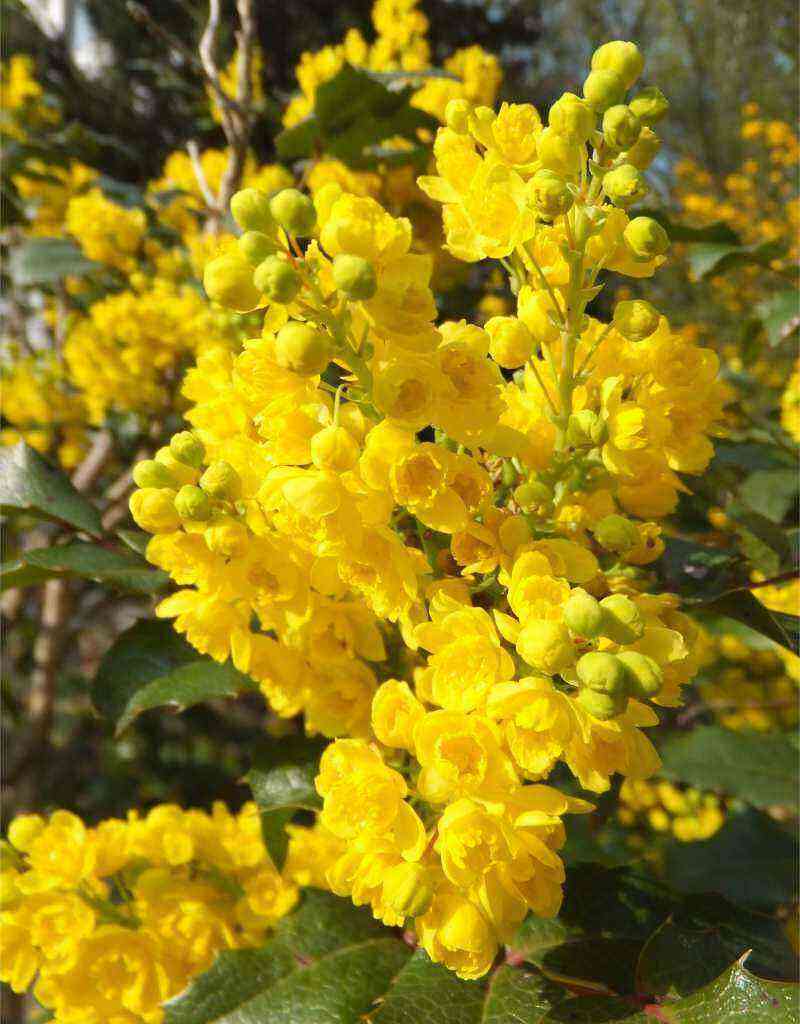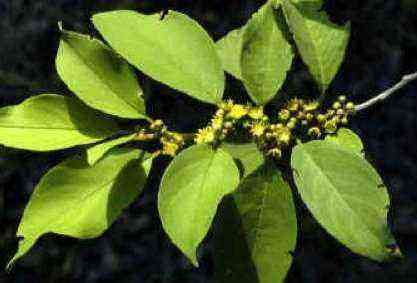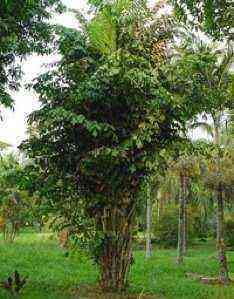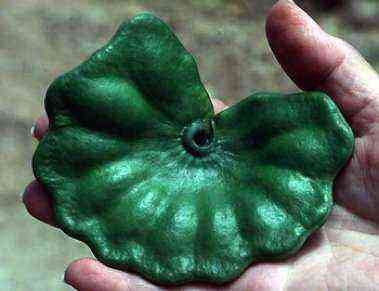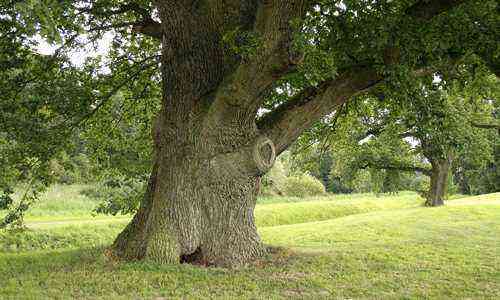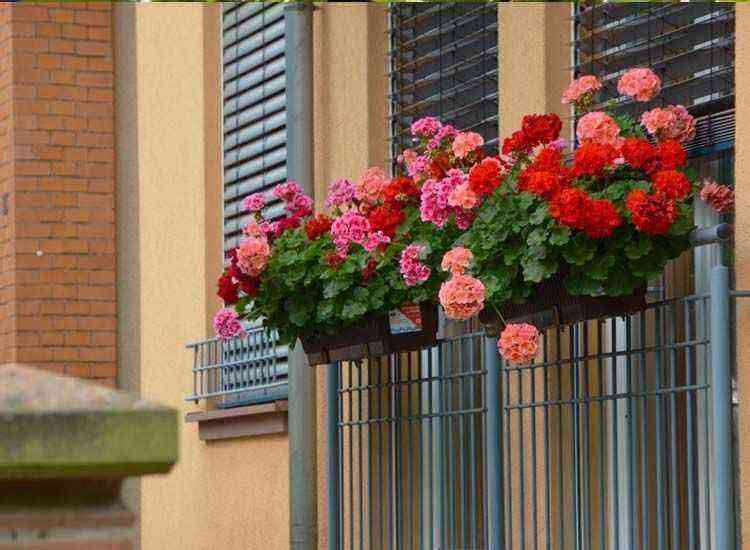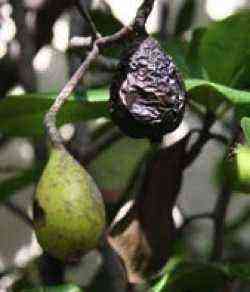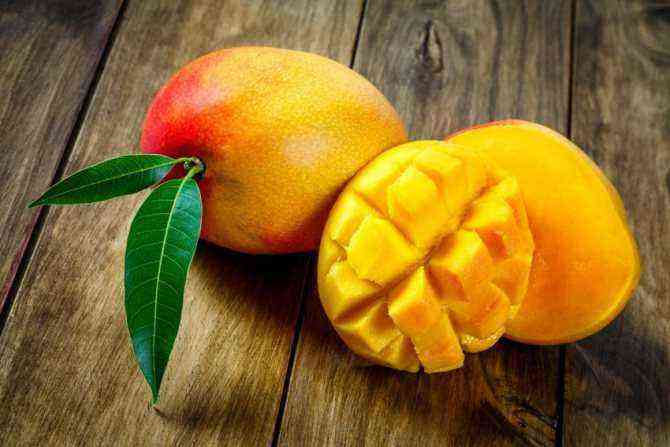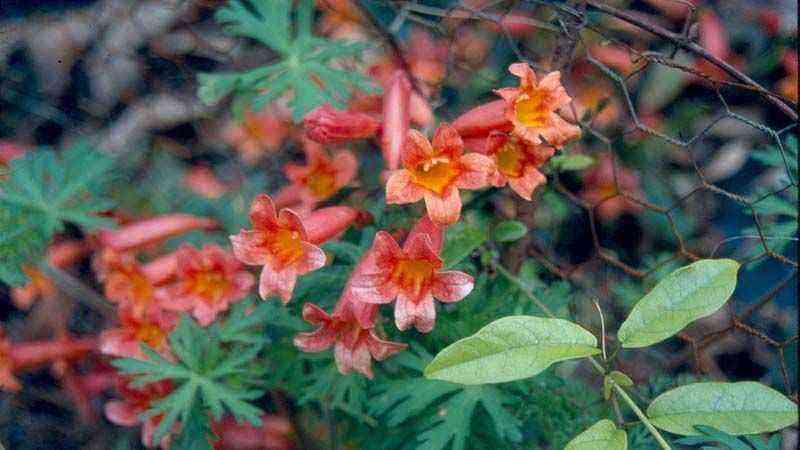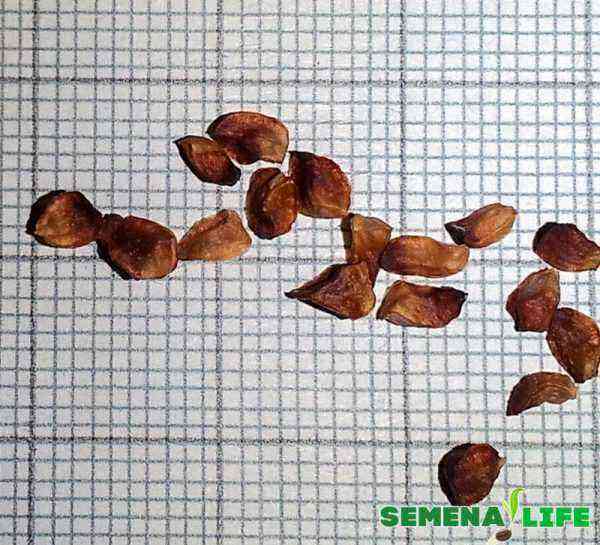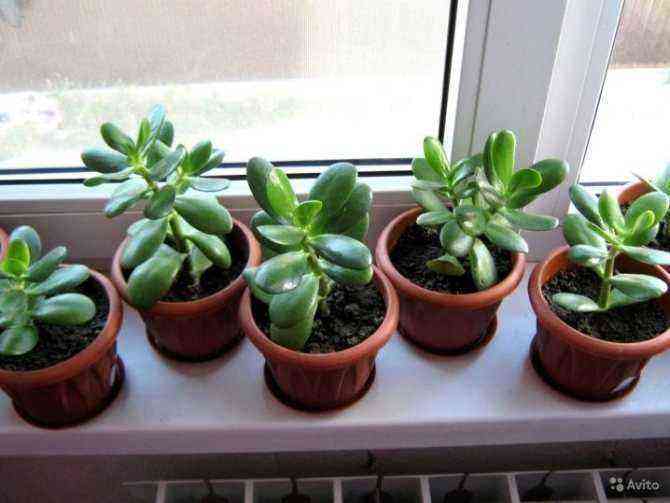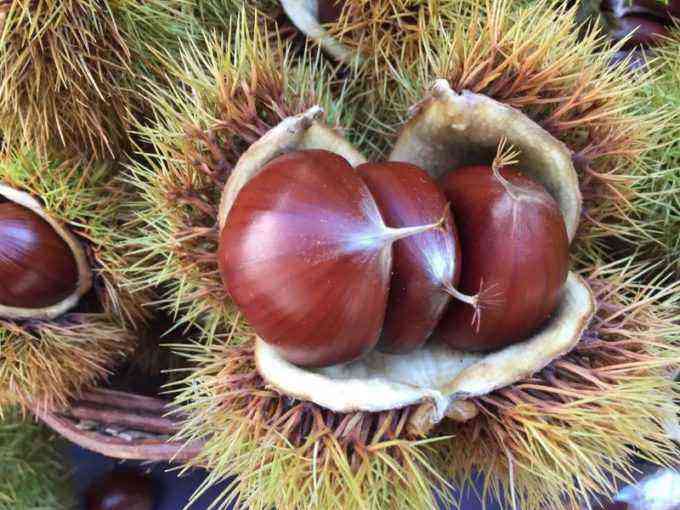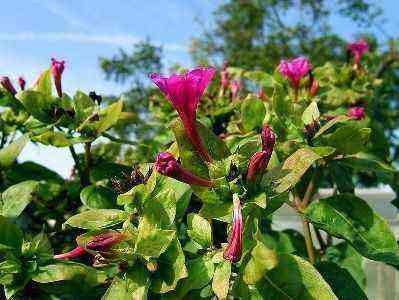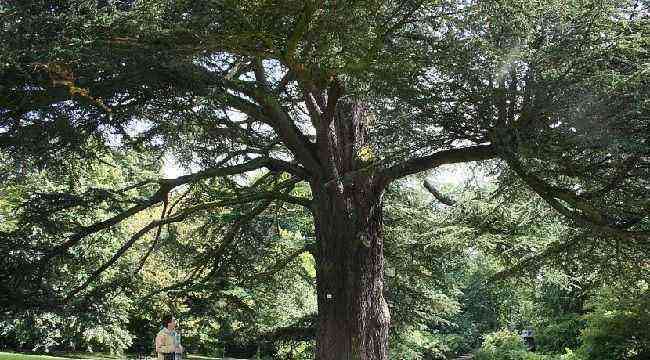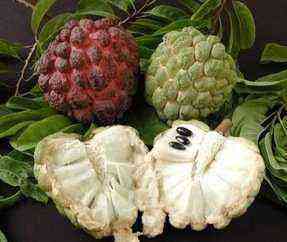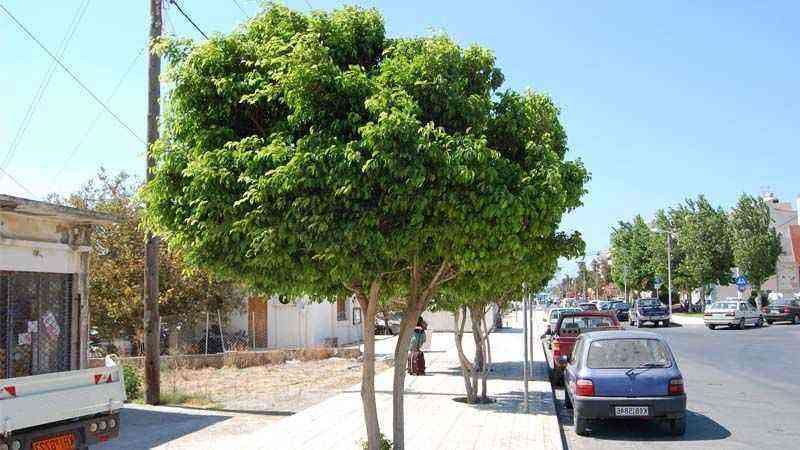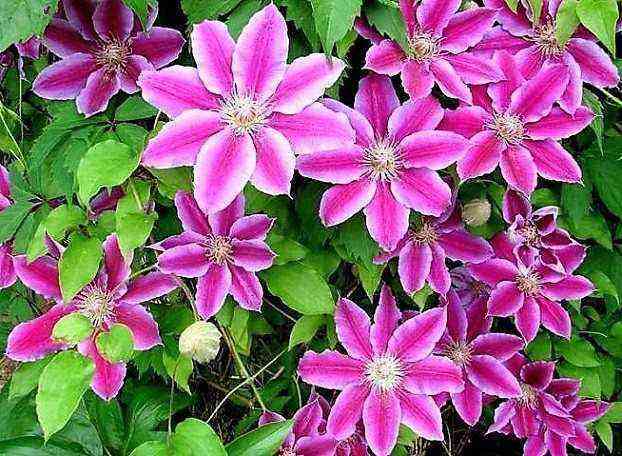We all have or have had at some point a pelargonium or scented geranium on our balcony, terrace, garden, gallery, patio … They are plants of great rusticity, very grateful, easily reproducible and hardly affected by pests or diseases (most of them). Today we focus on this, the Pelargonium odoratissimum. And what about the jam? Keep reading…
Geranium is not Geraniumit’s Pelargonium!
Is Geranium Really A Geranium ?. Traditional names often clash with taxonomic ones. This is not a bad thing but it sometimes leads to confusion. Let’s clarify this case. The genera of plants Geranium y Pelargonium Genetically and morphologically they are very close but not close enough to be a single genus. However, they do share a family and they are both from the Geraniaceae. The geraniums of any balcony are not of the genre Geranium, but from Pelargonium. We will explain why later.
Colloquially (in Spain at least and not everywhere) this is called Common Geranium:
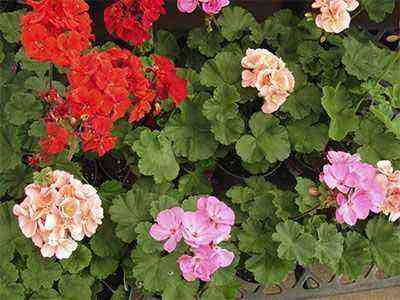

Pelargnoium x hortotum
And to this Pelargonium:


Pelargonium grandiflorum
And as we say, even within the colloquial nomenclatures they do not always coincide!
Now let’s get back to the genre Pelargonium and let’s see what’s interesting about this genre for… jams?
Pelargonium odoratissimum and what its taxonomic name tells us
The name of the species, what does it tell us or suggest? Smell, aroma. This geranium is going to smell, a lot. To what? There are many plants that give off odors that remind us of the aromas of other plants or fruits because they share some volatile aromatic compounds. An example is limonene, a terpenic molecule present in the peel of citrus fruits that gives part of the aroma so characteristic of these fruits and that other plants may contain.
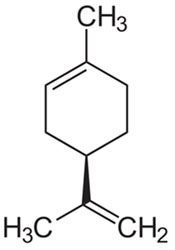

Returning to Pelargonium odoratissimum We have to say that the aroma that its leaves give off when rubbed is that of apple. In fact, the colloquial name in English is apple geranium or apple pelargonium. In the case of apples, the aromatic compounds responsible for their smell are more than 300 and surely, this pelargonium shares some of them. One of the molecules responsible for the apple smell is, among many others, methyl butyrate, or methylbutyrate. Another compound used in fruity aromas, including apple aromas, is geraniol. Now is everything making sense? It is not that geraniol itself smells like apple (in fact it is more reminiscent of roses because it is very present in them), but it is part of the mixture of aromatic compounds that many fruits, including apples, give off.
[well] Geranium care [/ well]
¿Pelargonium odoratissimum and jams?
Curiously, we have not discovered this pelargonium in a nursery, not even because we have been given a cutting; absolutely. In Spanish legislation on the use of various ingredients in the preparation of jams, jellies and preserves, the leaves of Pelargonium odors They are the only ones allowed as an ingredient in a type of quince jam, we suppose to give aroma. The text quotes like this:
«[…] The following ingredients may be added to the products defined in section 3 of this standard: […]
j) Pelargonium odoratissimum leaves: in jam, in extra jam, jelly and extra jelly, when they are obtained from quinces. “
Here the document reference to the BOE
And how is the Pelargonium odoratissimum?
Well, there is a lot of confusion on the web regarding the morphology of the leaf especially. The easiest thing is to look at Wikipedia but the photos have little to do if you look for it in English or Spanish. Even on the page in Spanish there are big differences between the leaves since a leaf of another odorous geranium appears (Pelargonium graveolens). So we have referred to the Royal Horticultural Society (United Kingdom) and this is the image that they contribute about this lesser known geranium.
We want you to tell us if you have used this sheet in any of your jams!

